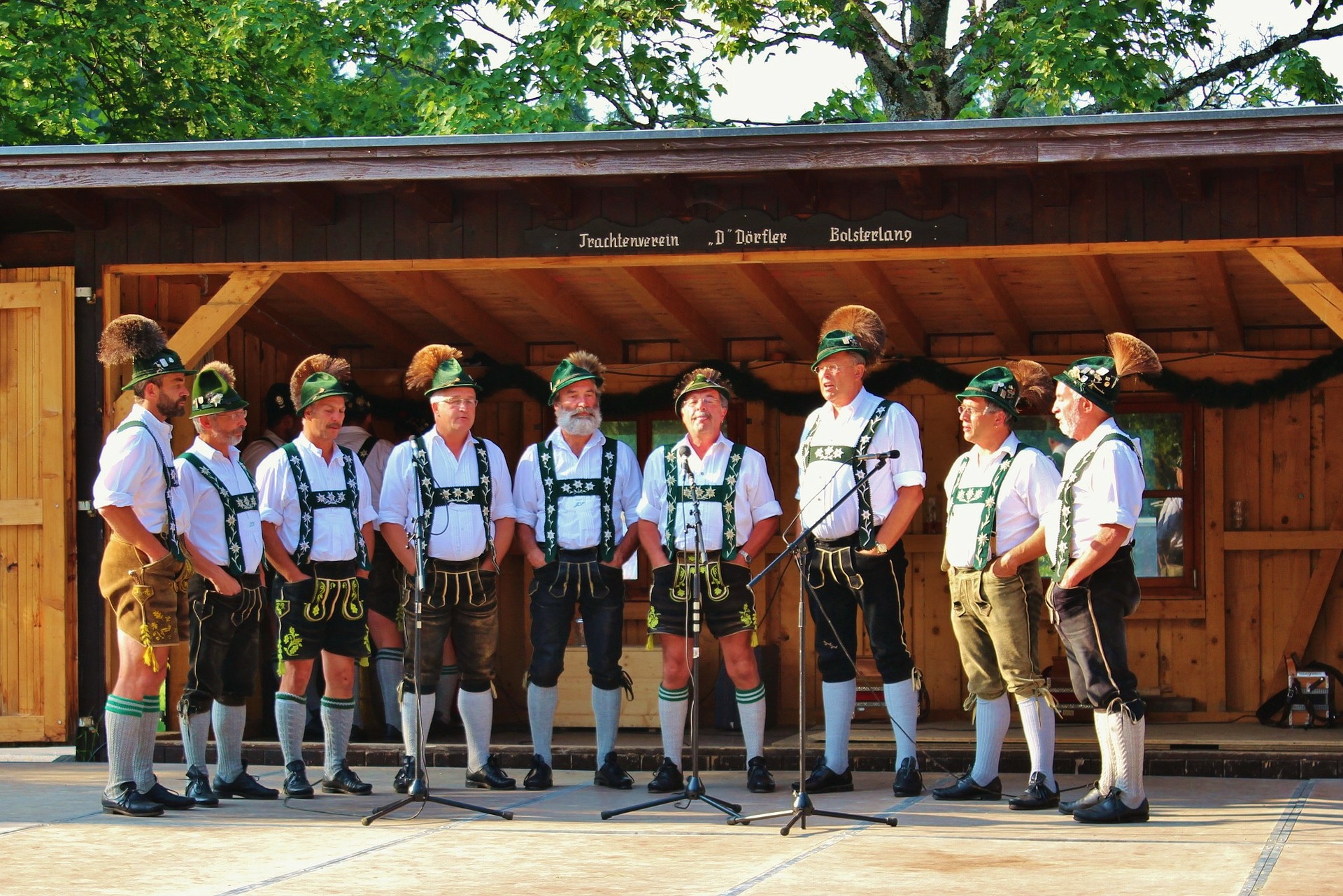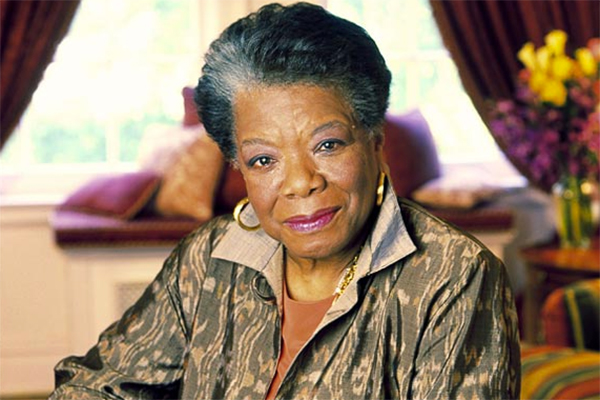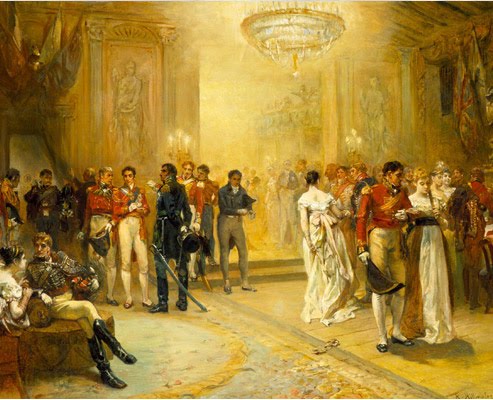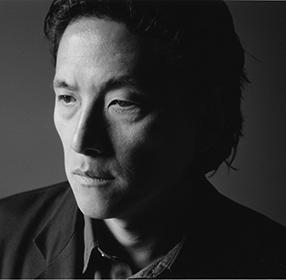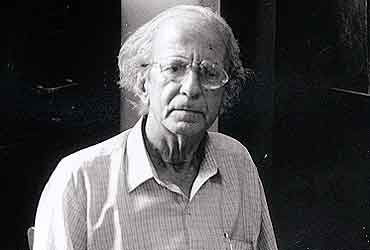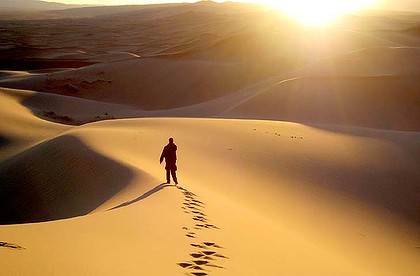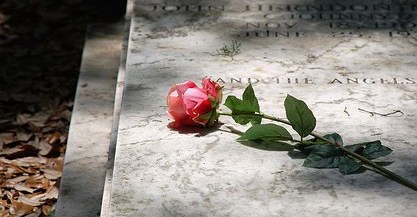‘Daybreak in Alabama’ speaks about two kinds of aspirations, both of which were also important to the African-American poet Langston Hughes (1902-1967) in his real life. The first aspiration is explicitly stated within the space of the poem – that of becoming a musical composer. It is well known that Hughes was interested in the music produced by the African-American community in the first half of the twentieth century, including blues and especially jazz. The second aspiration that the poem addresses can only be identified after reading through the lines of ‘Daybreak in Alabama’. This is the aspiration of racial equality, and harmony among the different communities that make up the American population.
The poem itself is not divided into stanzas. Instead, it consists of a single unit containing a total of twenty-three lines. All the lines in the poem describe what the speaker will do when he reaches the state of Alabama, and becomes a composer. He says that he will write a collection of songs about the time when the day begins in Alabama, and it will have a very detailed lyric.
The collection will contain the prettiest songs that one can imagine. And of what kind will these songs be? To answer this question, the speaker says that they will rise up out of the ground like swamp mist, that is, they will permeate into every space within Alabama, and thus claim a wide listener base. The speaker also says that his songs will be as soft as dew falling down from the sky, and thus will provide a soothing message for listeners.
The songs written by the speaker will feature all the natural elements to be found in Alabama, whether they be tall trees, or the scent of pine needles, or the smell that the red clay of Alabama takes up after a shower of rain. Just as these natural elements are diverse, so are the people of Alabama. The speaker says that people of all communities and all skin tones – “black”, “white”, “brown”, “yellow”, “red” – are found here, and all of them will feature in his songs. Each colour recognisably stands for a particular community. “White” denotes the majority, and the mainstream of the population of Alabama. All the other colours denote minority communities. “Black” denotes Hughes’s own community, the African-American community. “Brown” denotes mulattos, that is, the children of mixed racial heritage, one of whose parents is black and the other is white. “Yellow” denotes the races of far-east Asia, primarily the Chinese. Finally, “red” denotes the Native American community, who were derogatorily referred to as “red Indians”.
Only the words “black” and “white” are repeated within the space of the poem multiple times, making it clear that this is the racial divide that Hughes is most concerned with. This is only natural because it is the conflict between the dominant white population and the African-American community that directly impacted his life.
An important additional detail is provided by Hughes here – that the kind fingers of members of every community will touch each other in the speaker’s songs. This implies that a space of dialogue and solidarity will be formed among every community living in Alabama.
Dear Readers- If this summary/analysis has helped you, kindly take a little effort to like or +1 this post or both. Make sure you like Beamingnotes Facebook page and subscribe to our mailing list so that we can keep in touch. We’ll keep informing you about stuffs that are really interesting, worth knowing and adds importance to you.
Some online learning platforms provide certifications, while others are designed to simply grow your skills in your personal and professional life. Including Masterclass and Coursera, here are our recommendations for the best online learning platforms you can sign up for today.
The 7 Best Online Learning Platforms of 2022
- Best Overall: Coursera
- Best for Niche Topics: Udemy
- Best for Creative Fields: Skillshare
- Best for Celebrity Lessons: MasterClass
- Best for STEM: EdX
- Best for Career Building: Udacity
- Best for Data Learning: Pluralsight
